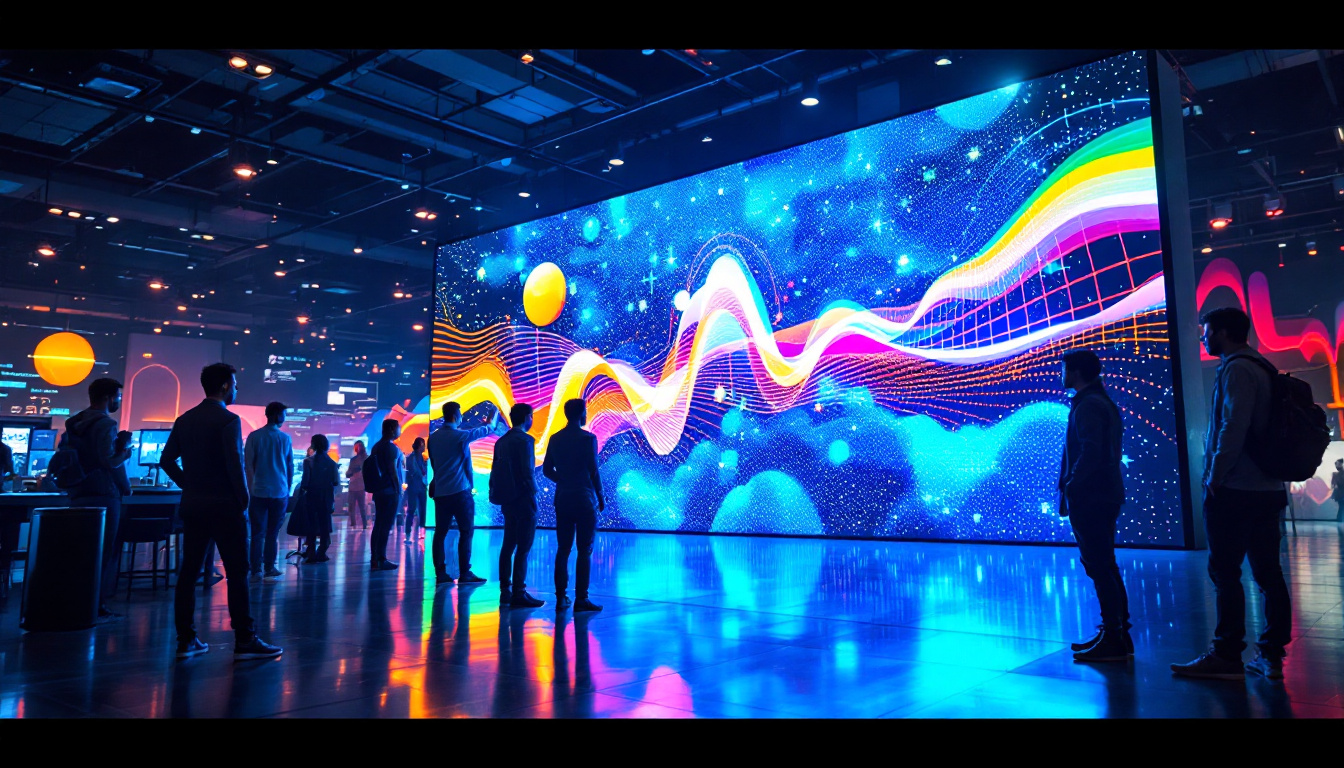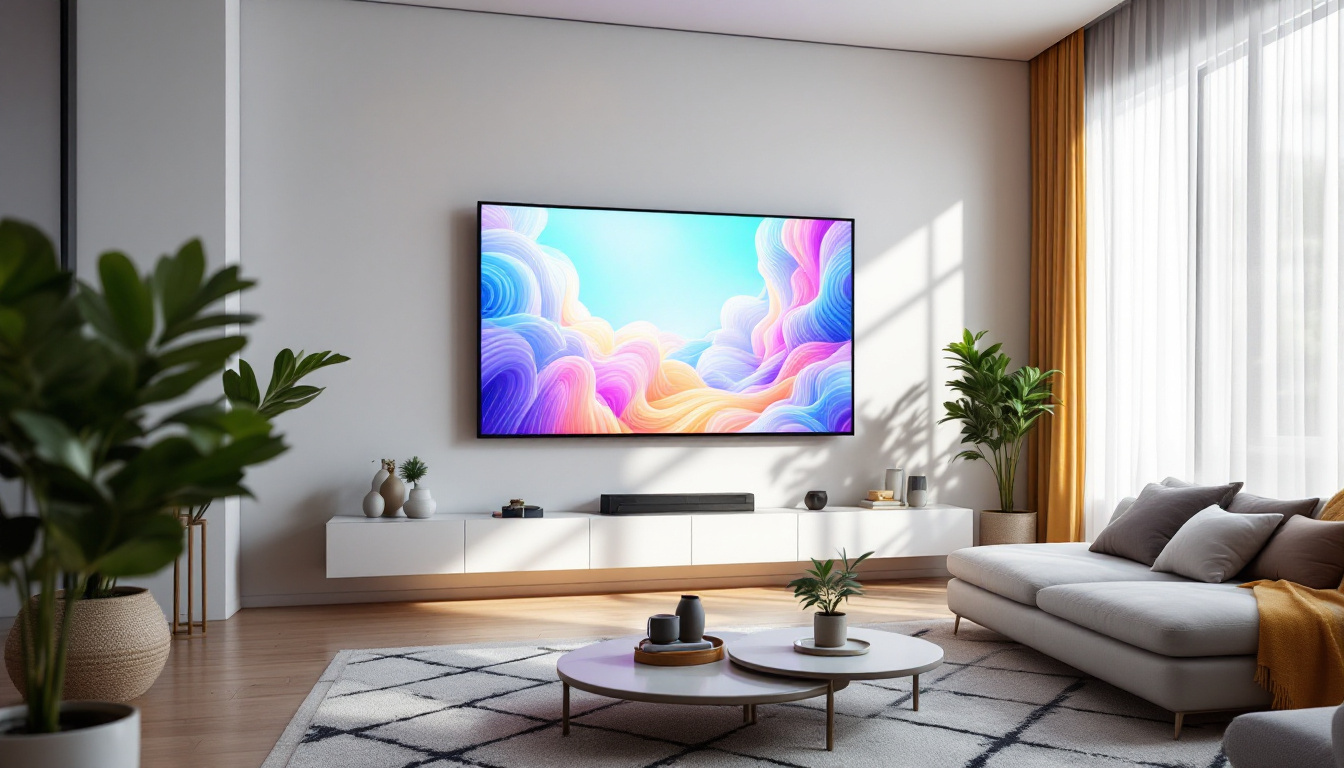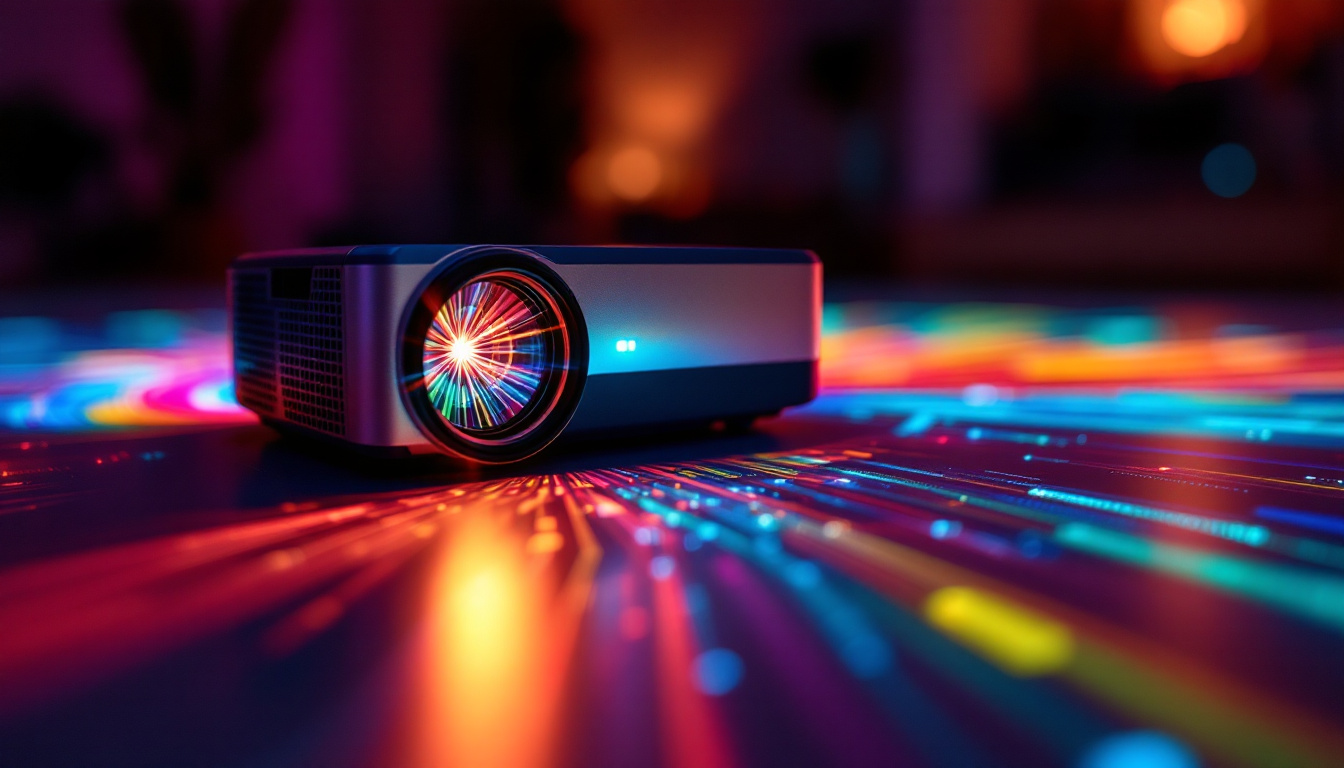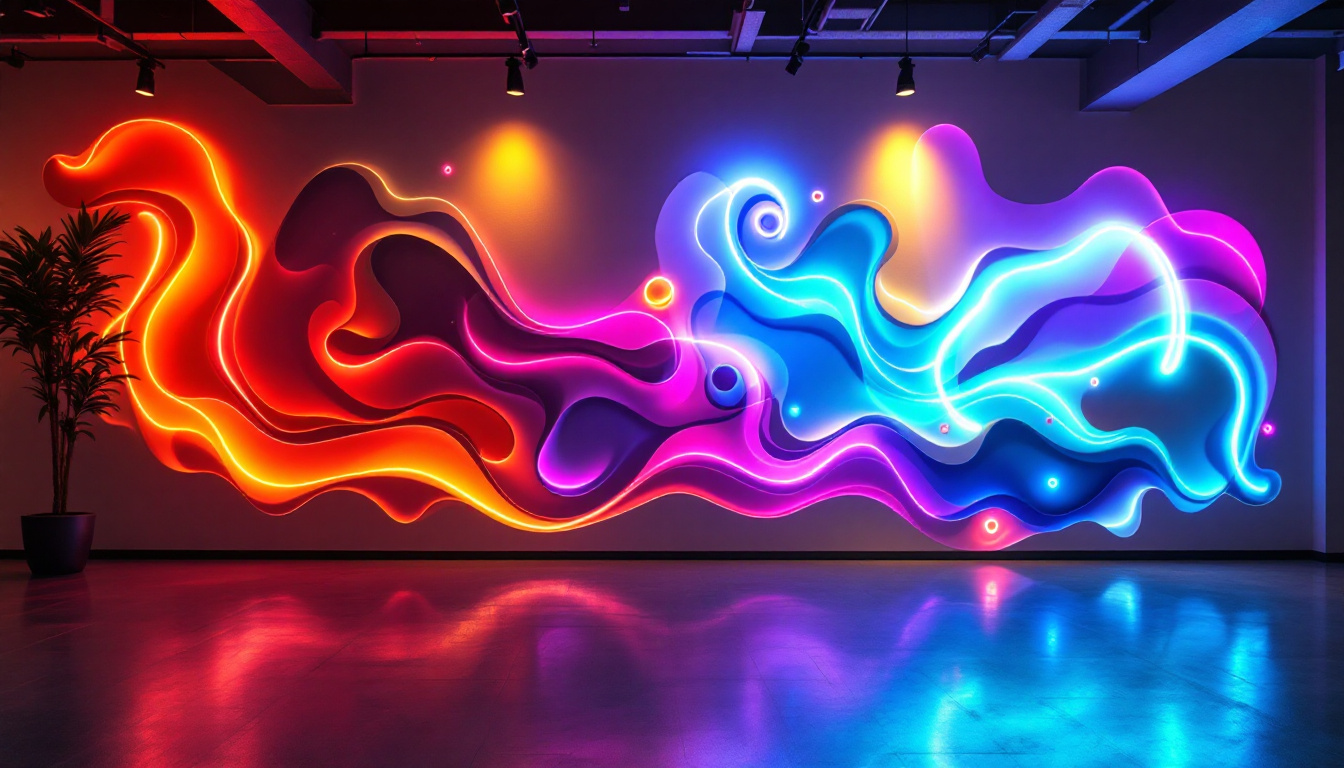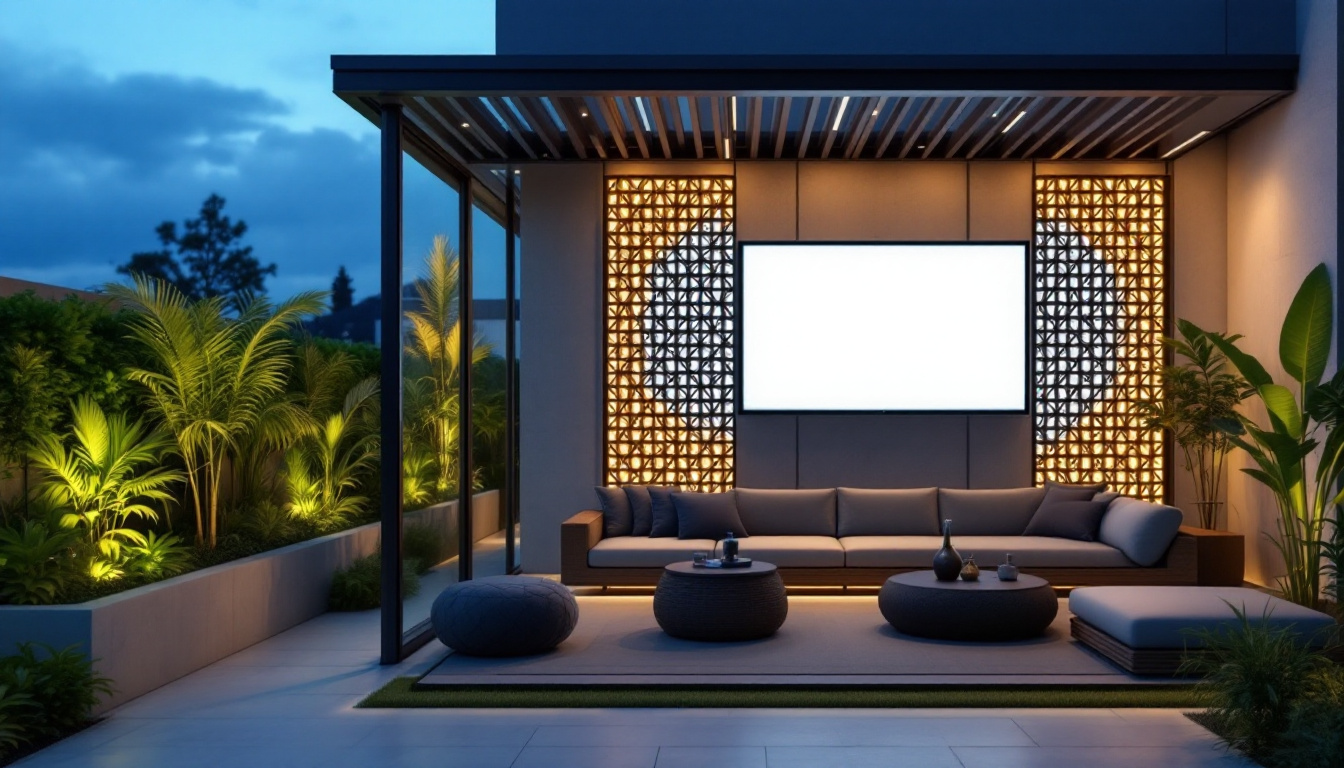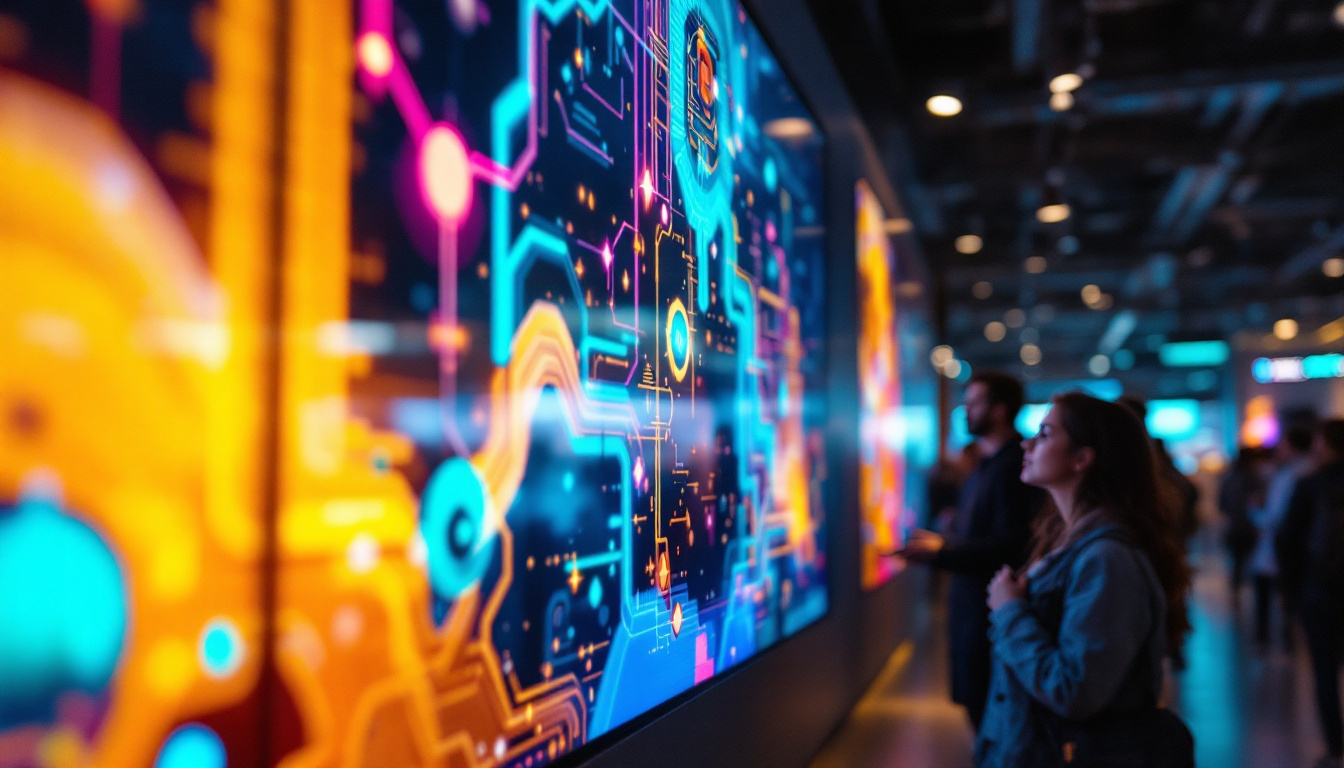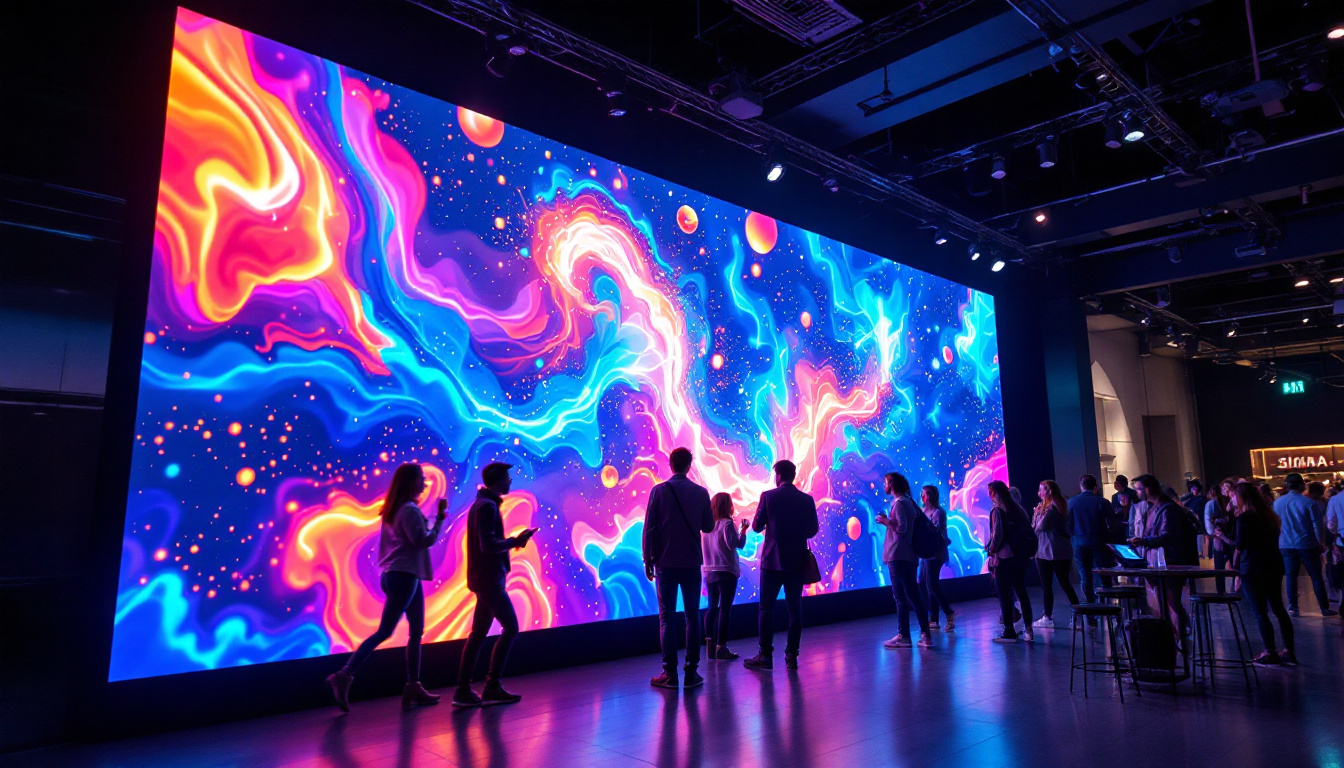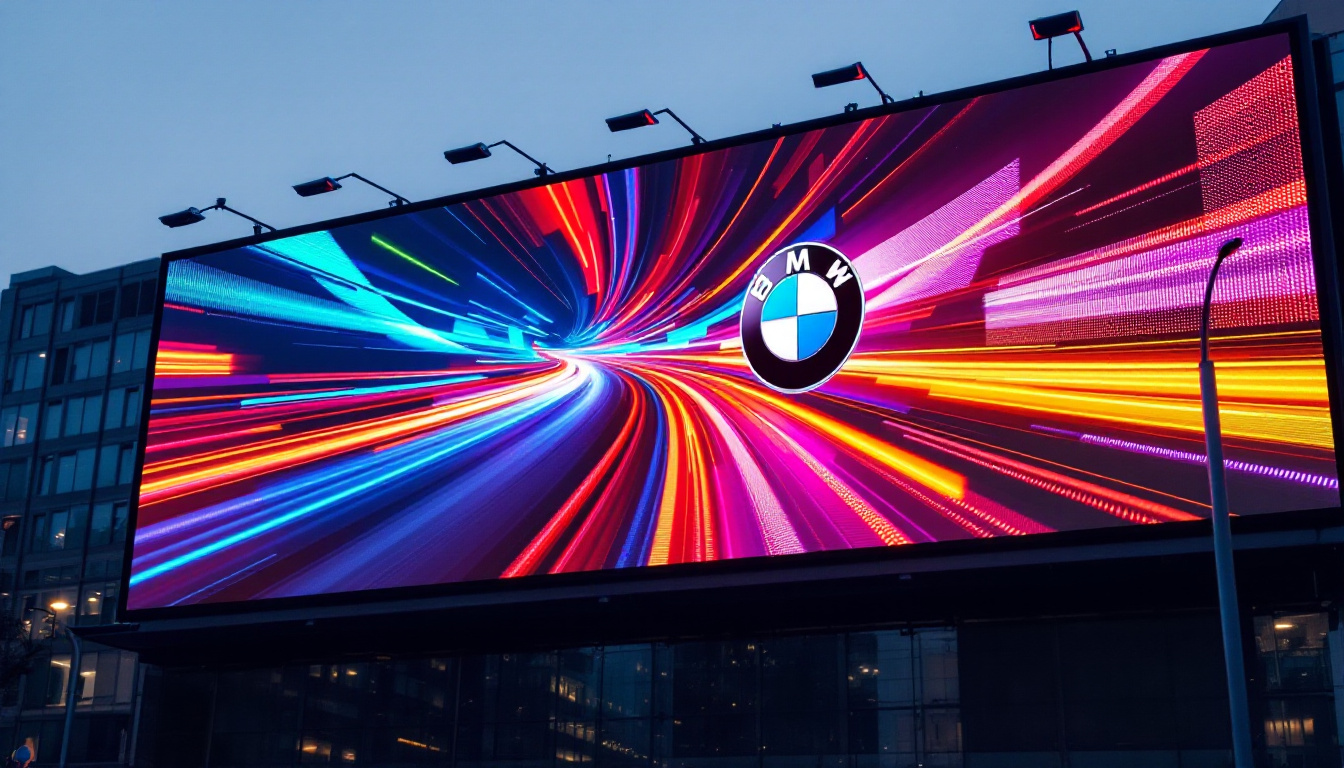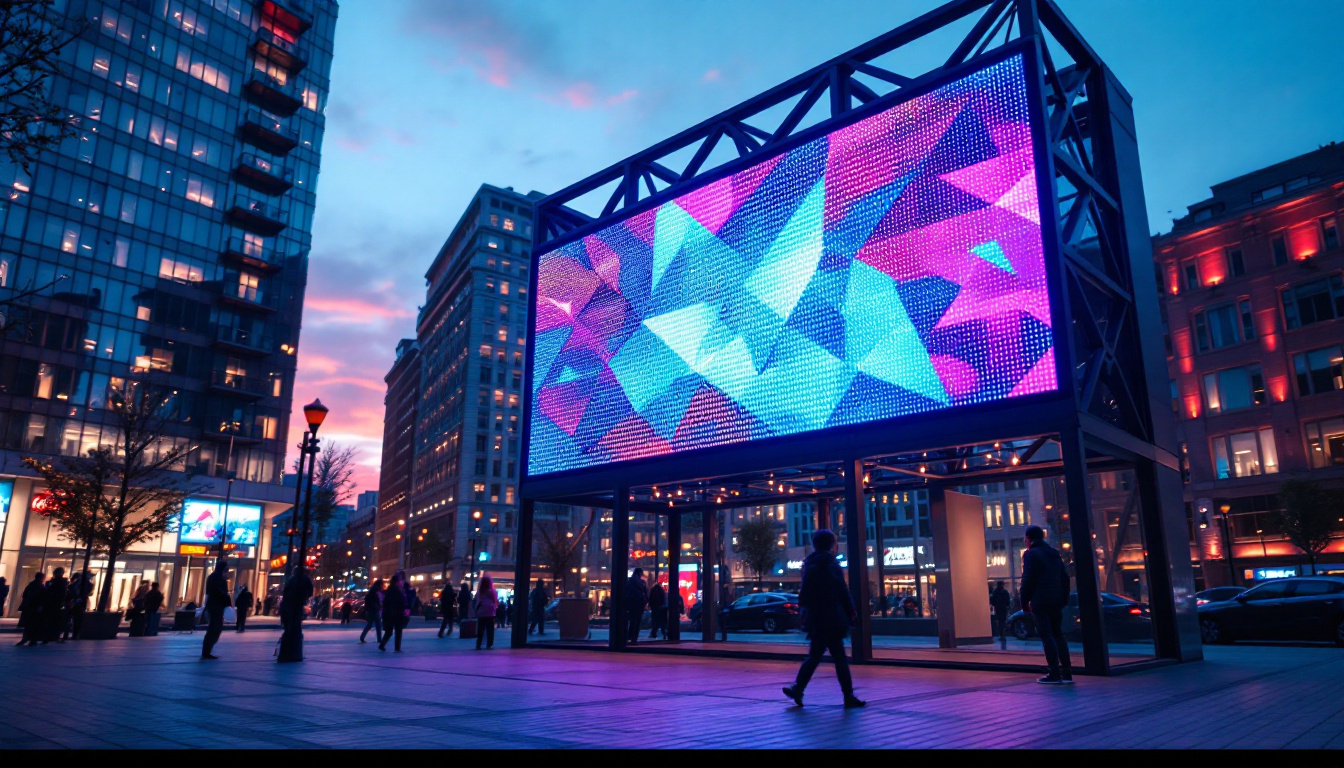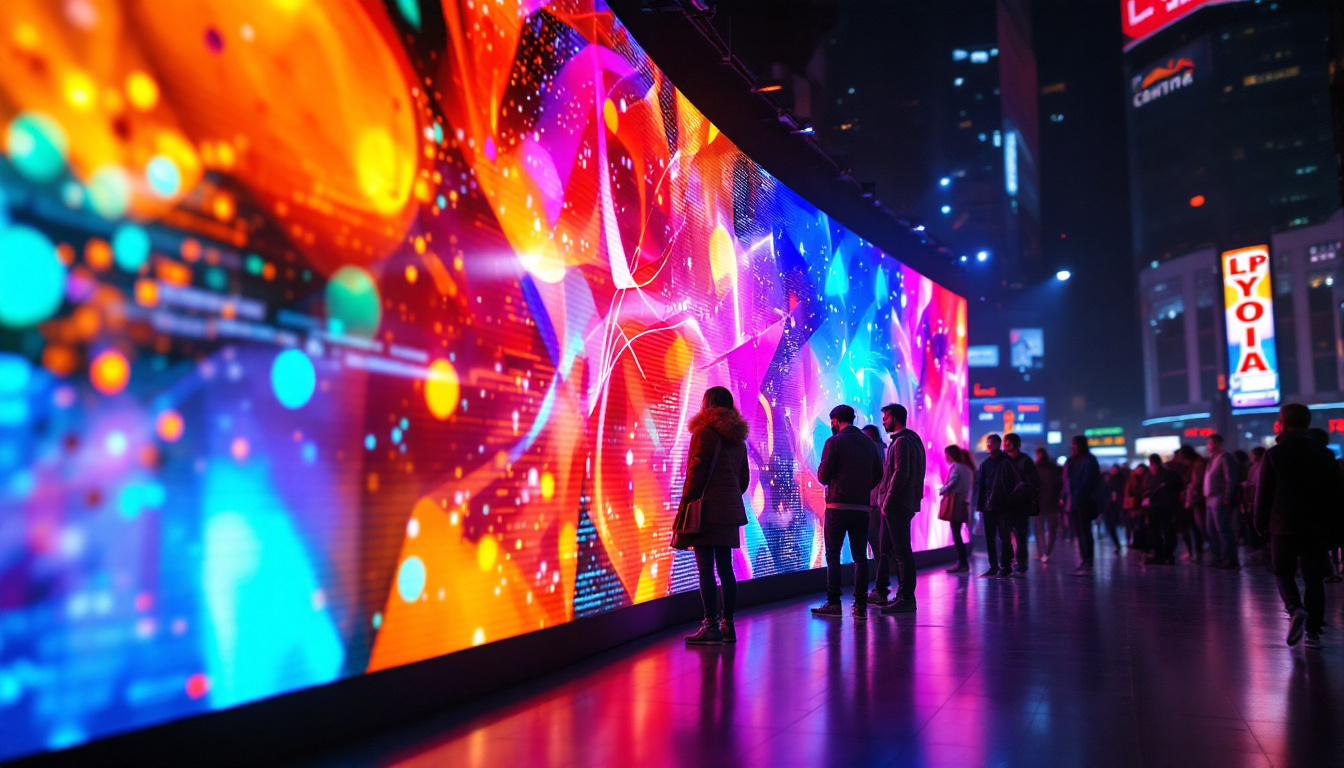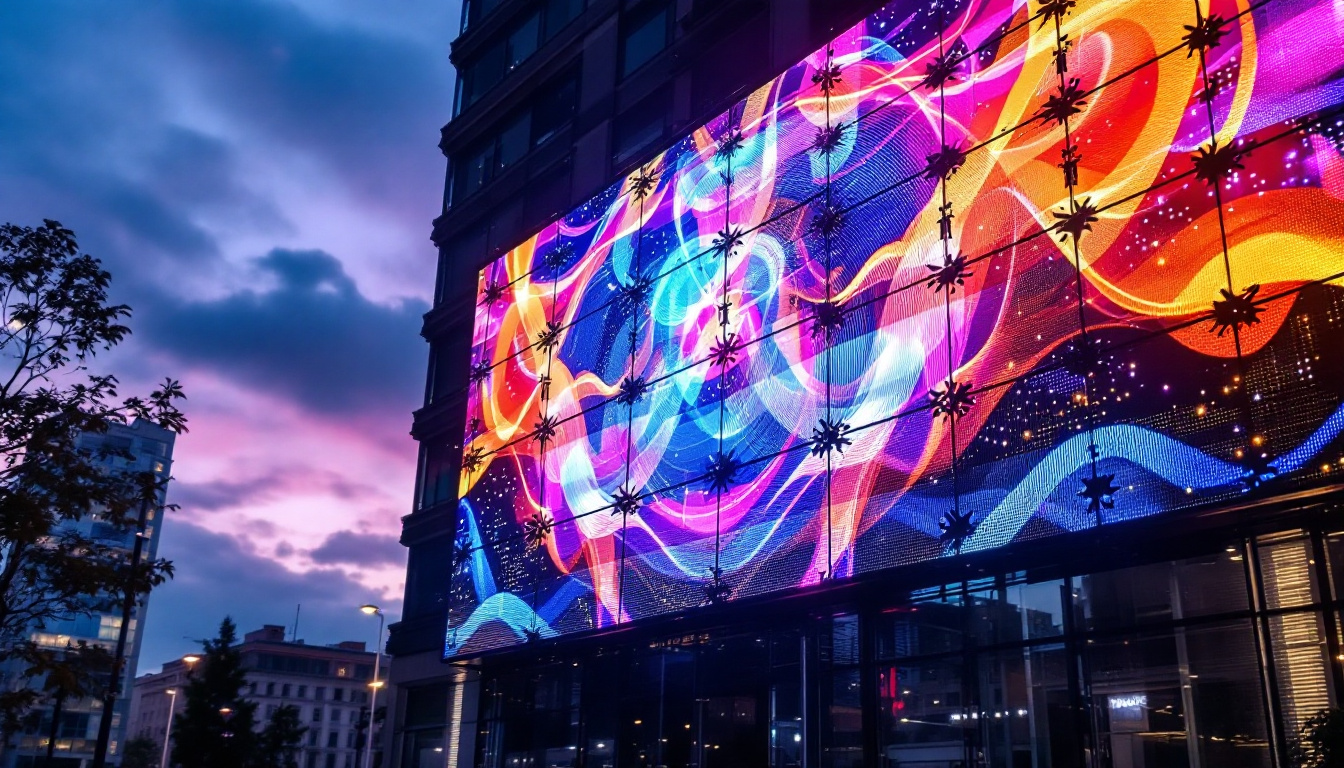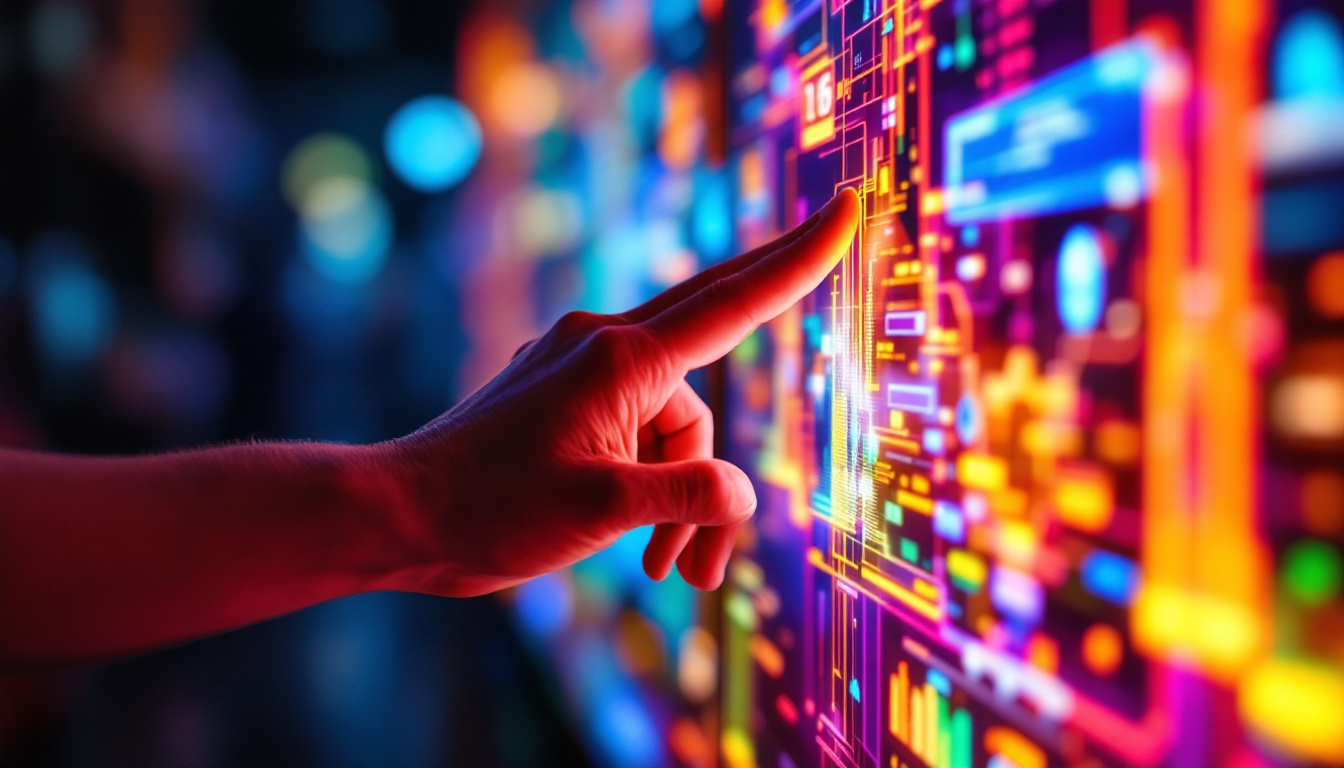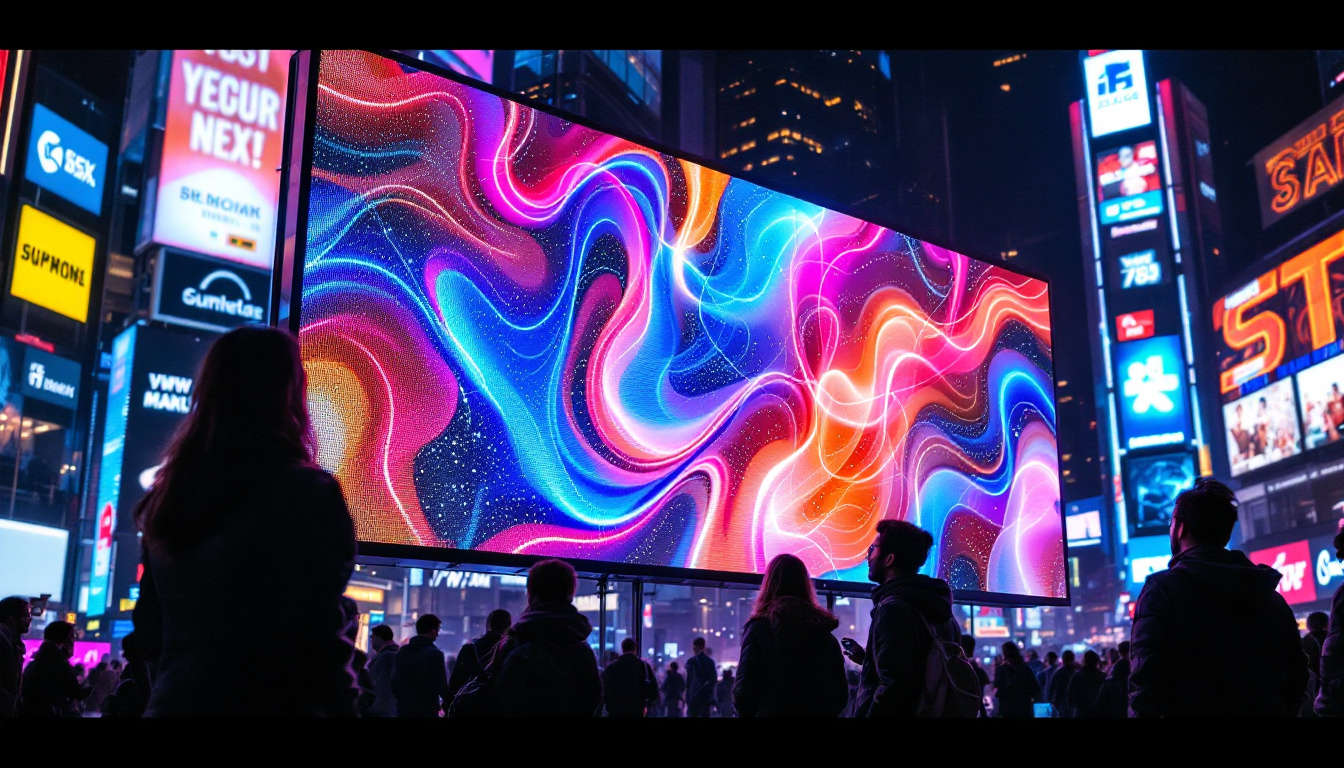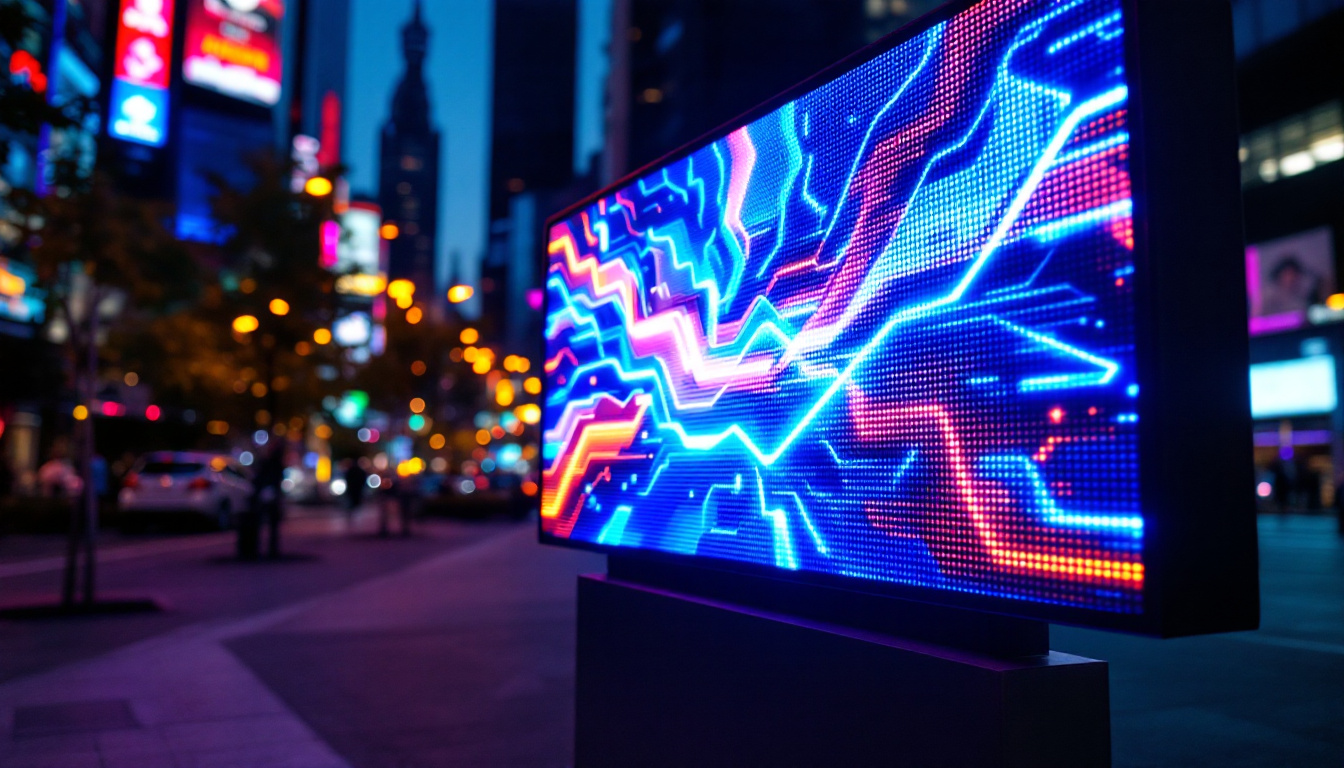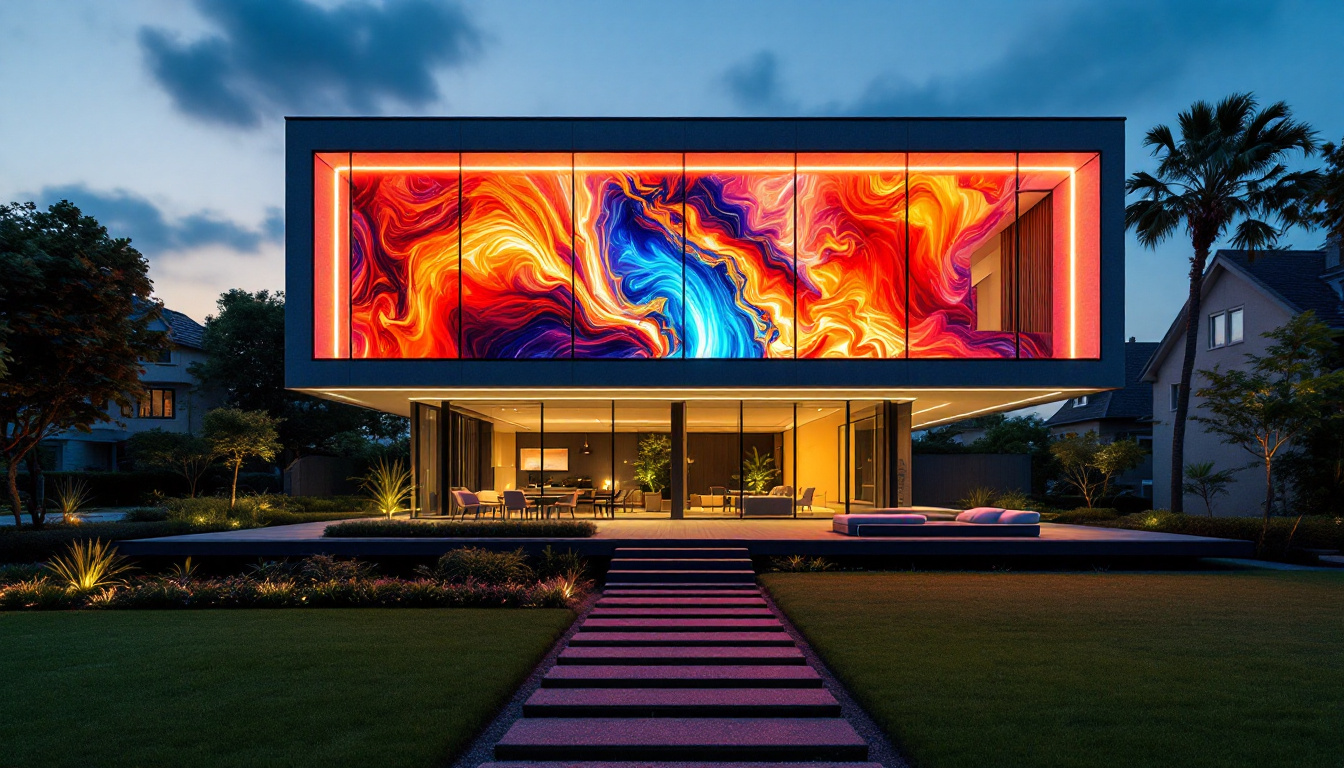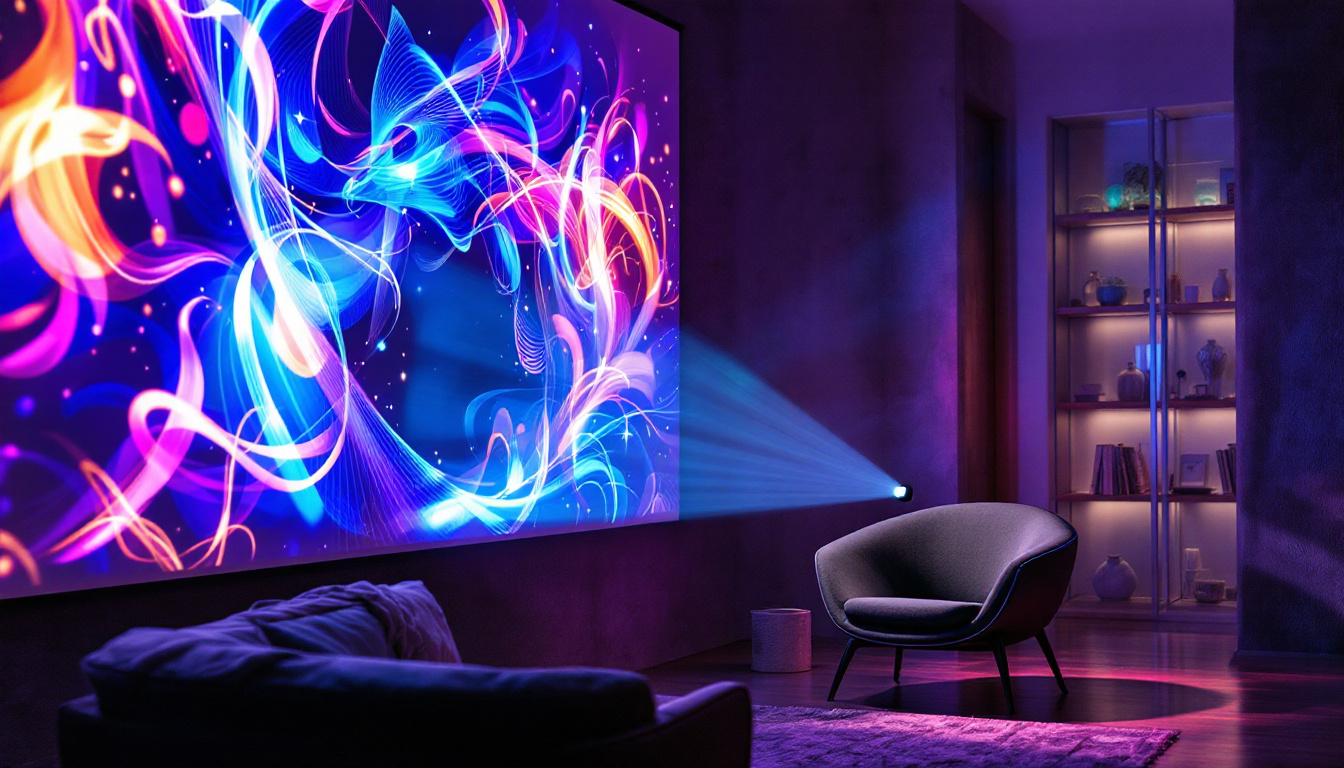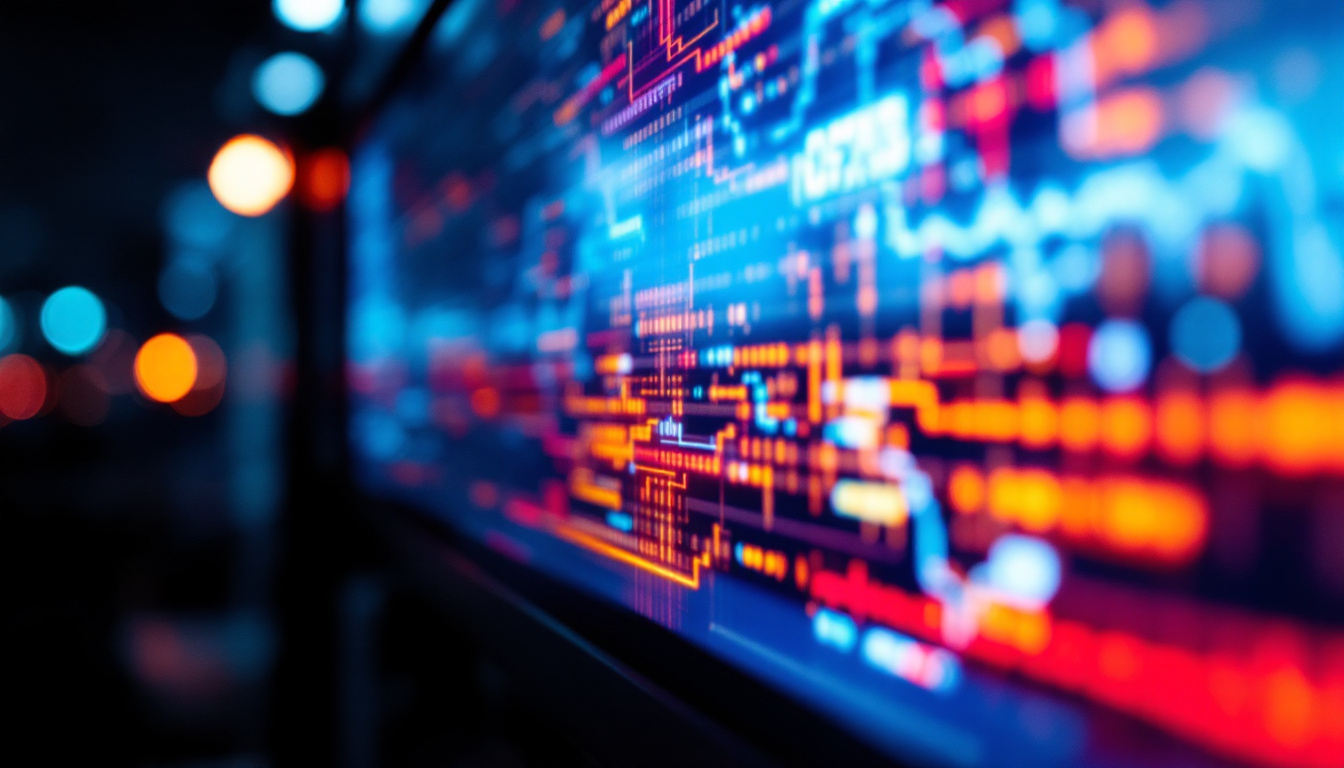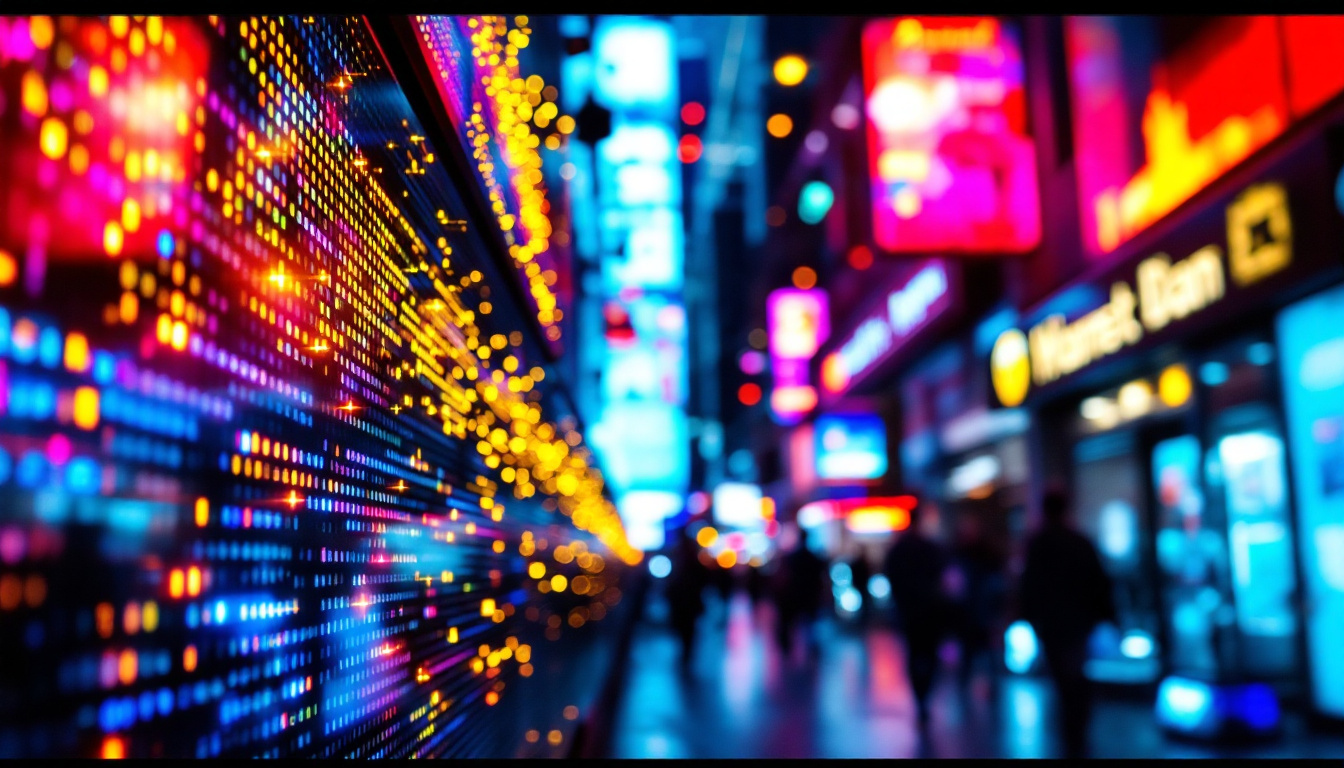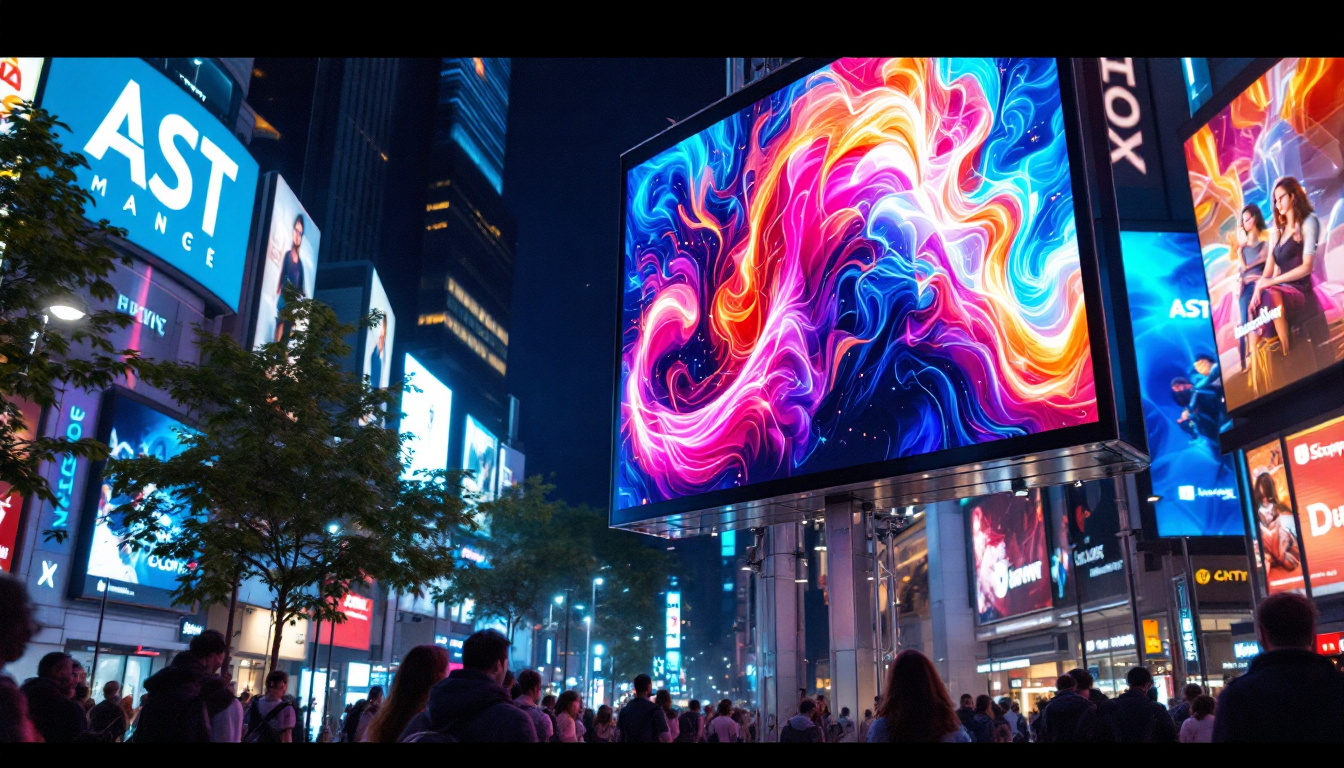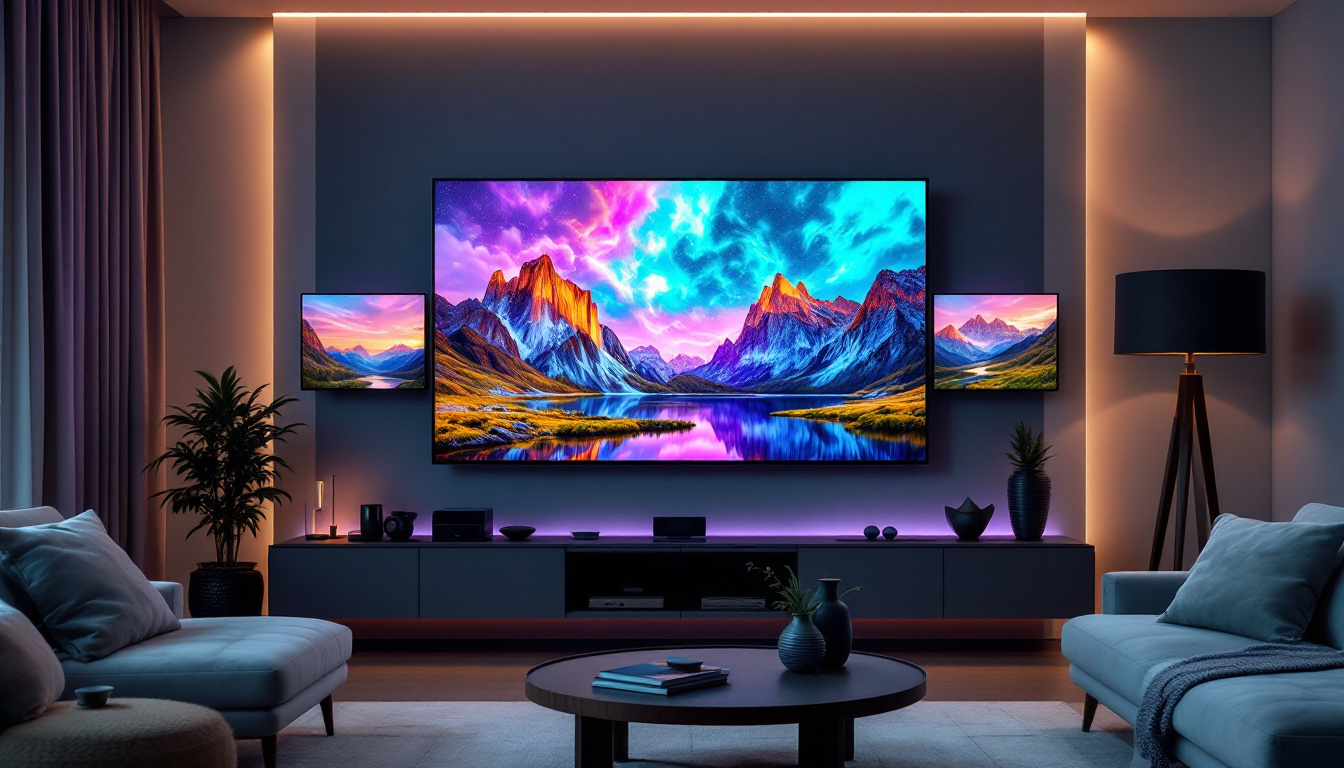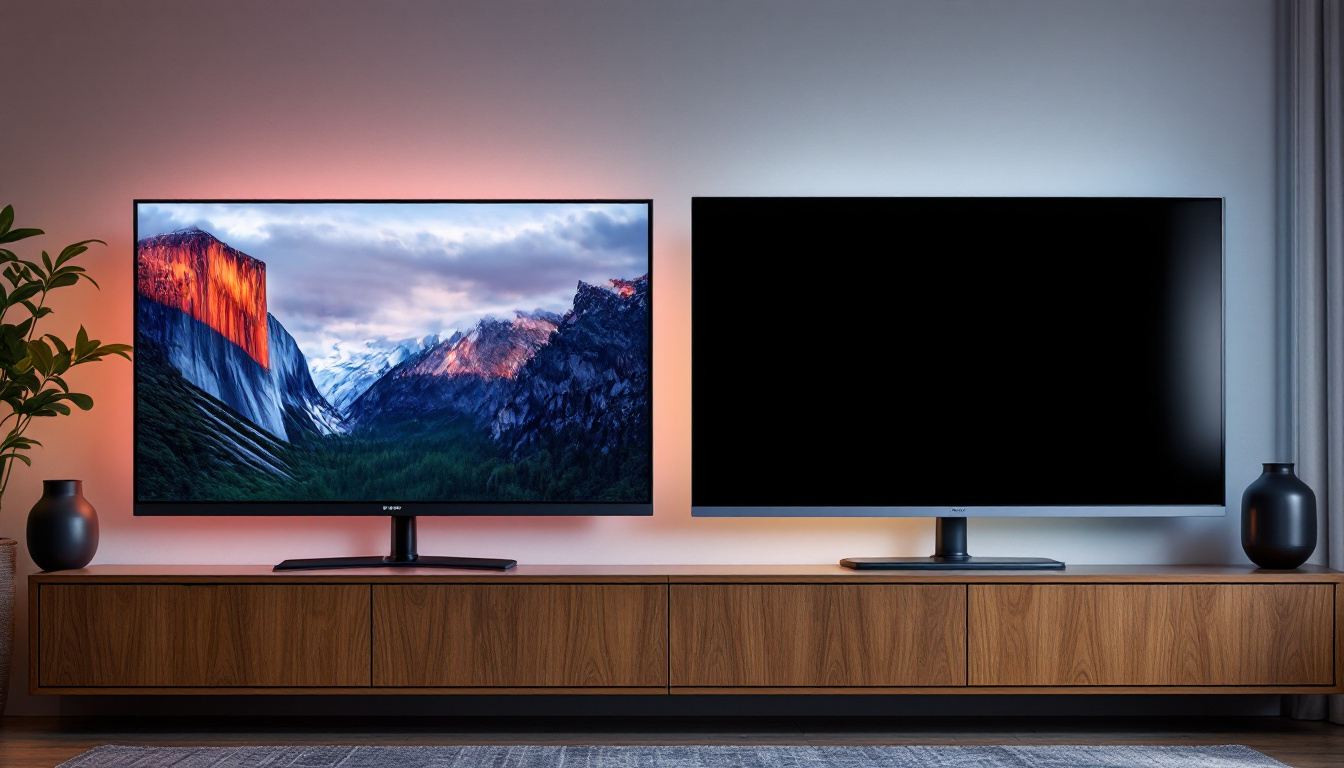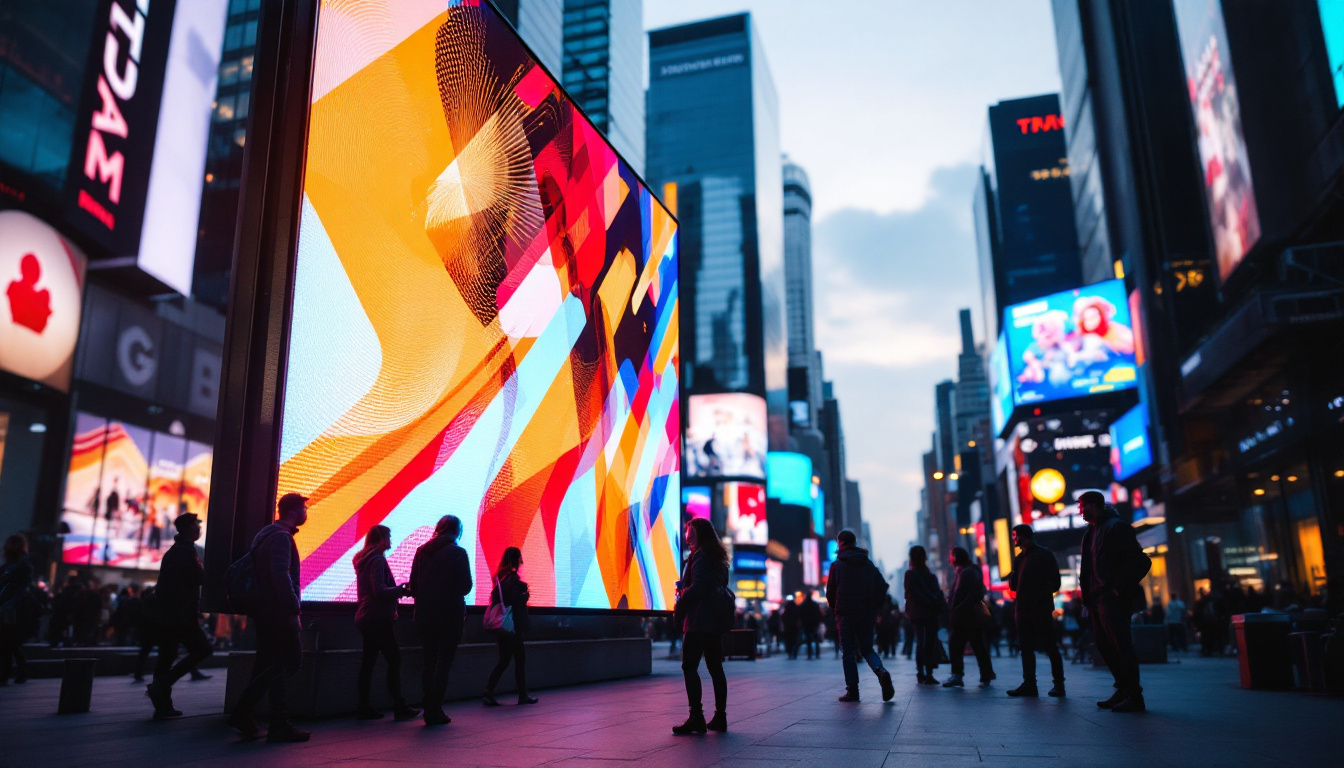In today’s digital age, LED screen panels have become an integral part of our visual landscape. From large outdoor billboards to indoor displays in shopping malls and airports, these panels are everywhere. They offer vibrant colors, high brightness, and energy efficiency, making them the preferred choice for many applications. This article delves into the intricacies of LED displays, exploring their technology, types, applications, and future trends.
Understanding LED Technology
Light Emitting Diodes (LEDs) are semiconductor devices that emit light when an electric current passes through them. The technology behind LED displays is based on this simple yet effective principle. Unlike traditional incandescent bulbs, LEDs are more energy-efficient and have a longer lifespan, which is a significant advantage in display technology. This efficiency not only reduces energy consumption but also minimizes heat generation, making LEDs a safer option for various applications, from household lighting to large-scale digital billboards.
How LED Displays Work
LED displays consist of numerous tiny diodes arranged in a grid pattern. Each diode can emit red, green, or blue light, and by varying the intensity of these colors, a wide spectrum of colors can be produced. This RGB (Red, Green, Blue) color model is the foundation of all color displays, allowing for the creation of images and videos that are both vivid and dynamic. The precision with which these colors can be mixed and controlled results in displays that can achieve high levels of brightness and contrast, making them suitable for both indoor and outdoor environments.
The process of displaying an image begins with a digital signal that is converted into an electrical signal. This signal controls the brightness of each individual LED, enabling the display to render complex images and animations. The result is a high-definition visual experience that is both captivating and engaging. Furthermore, advancements in LED technology have led to the development of features such as high refresh rates and improved response times, which are essential for applications like gaming and live broadcasting, where fluid motion and clarity are paramount.
Types of LED Displays
LED displays come in various types, each tailored for specific applications. The most common types include:
- Direct View LED Displays: These displays are made up of individual LEDs arranged closely together. They are often used for large outdoor advertising and can be viewed from a distance. Their robust construction and weather-resistant features make them ideal for outdoor environments, ensuring that they remain functional and visually appealing in various weather conditions.
- LED Video Walls: Composed of multiple LED panels, these walls create a larger display surface. They are commonly found in concert venues, sports arenas, and corporate events. The modular nature of video walls allows for flexibility in design and size, enabling them to fit into a variety of spaces and configurations, enhancing the overall visual experience for audiences.
- OLED Displays: Organic LEDs are a type of LED technology that offers superior contrast and color accuracy. They are commonly used in high-end televisions and smartphones. The ability of OLEDs to achieve true blacks by turning off individual pixels contributes to their popularity in consumer electronics, providing viewers with an immersive experience that is unmatched by traditional display technologies.
Applications of LED Displays
The versatility of LED displays has led to their widespread adoption across various sectors. Their applications range from advertising to entertainment, and even in critical information dissemination. Below are some of the most notable applications.
Advertising and Marketing
One of the primary uses of LED displays is in advertising. Businesses leverage vibrant LED panels to capture the attention of potential customers. These displays can showcase dynamic content, such as videos and animations, making them more engaging than traditional static billboards.
Moreover, LED displays can be updated remotely, allowing businesses to change their advertising content in real-time. This flexibility not only enhances marketing strategies but also maximizes the return on investment. For instance, retailers can promote flash sales or limited-time offers instantly, ensuring that their messaging is timely and relevant. Additionally, the integration of interactive elements, such as QR codes or touchscreens, can further engage consumers, driving them to take action immediately.
Entertainment and Events
In the entertainment industry, LED displays play a crucial role in enhancing audience experiences. Concerts, festivals, and sporting events utilize large LED screens to broadcast live performances and provide close-up views of the action. The high brightness and contrast of LED technology ensure that visuals remain clear, even in bright outdoor settings.
Additionally, LED displays are commonly used in theaters and cinemas to create immersive environments. The ability to produce rich colors and deep blacks contributes to a more engaging viewing experience. Beyond traditional uses, innovative applications like augmented reality experiences are emerging, where LED screens can interact with live performances, creating a seamless blend of digital and physical elements. This not only captivates audiences but also opens up new avenues for storytelling and artistic expression.
Public Information Systems
LED displays are also instrumental in public information systems. Airports, train stations, and bus terminals use LED screens to display real-time information about arrivals, departures, and delays. Their visibility from a distance ensures that travelers can easily access important updates.
Furthermore, LED displays are increasingly being used in emergency alert systems. Their ability to convey critical information quickly and effectively can be vital during emergencies, ensuring public safety. In addition to emergency notifications, these displays can also serve as platforms for community announcements, local events, and safety reminders, fostering a sense of connection within the community. Their adaptability allows for the integration of various data feeds, such as weather updates or traffic conditions, providing a comprehensive source of information that can enhance public awareness and preparedness.
Advantages of LED Displays
LED displays offer numerous advantages that make them a preferred choice for various applications. Understanding these benefits is essential for businesses and organizations considering an upgrade to their display technology.
Energy Efficiency
One of the most significant advantages of LED displays is their energy efficiency. Compared to traditional display technologies, LEDs consume significantly less power. This not only reduces operational costs but also contributes to environmental sustainability.
As energy consumption continues to be a pressing concern globally, the shift towards LED technology is a step in the right direction for businesses looking to reduce their carbon footprint.
Longevity and Durability
LED displays are known for their long lifespan, often exceeding 50,000 hours of use. This durability translates to lower maintenance costs, as businesses do not need to frequently replace their displays. Additionally, LED panels are more resistant to shock and vibration, making them suitable for various environments, including outdoor settings.
High Brightness and Contrast
The brightness of LED displays is another notable advantage. They can produce bright images that remain visible even in direct sunlight, making them ideal for outdoor advertising. Furthermore, the contrast ratio of LED displays is superior to that of many other display technologies, resulting in sharper images and more vibrant colors.
Challenges and Considerations
While the benefits of LED displays are numerous, there are also challenges and considerations to keep in mind. Understanding these factors can help businesses make informed decisions when investing in display technology.
Initial Cost
One of the primary challenges associated with LED displays is their initial cost. Although prices have decreased over the years, high-quality LED panels can still be a significant investment. Businesses must weigh the long-term benefits against the upfront expenses.
However, it is essential to consider the total cost of ownership, which includes energy savings, maintenance costs, and the potential for increased revenue through enhanced advertising and customer engagement.
Technical Complexity
Implementing LED display technology can also involve technical complexities. Businesses may require specialized knowledge for installation and maintenance. This can lead to additional costs if external professionals are needed.
To mitigate these challenges, organizations should consider partnering with experienced vendors who can provide support throughout the installation process and beyond.
Future Trends in LED Display Technology
The LED display industry is continually evolving, with advancements in technology leading to new possibilities. Staying informed about these trends can help businesses remain competitive and make strategic decisions regarding their display solutions.
MicroLED Technology
MicroLED technology is one of the most exciting developments in the LED display sector. This innovation involves using microscopic LEDs to create displays that offer even higher resolution and better color accuracy than traditional LED displays. MicroLEDs promise to deliver superior performance while maintaining energy efficiency.
As this technology matures, it is expected to revolutionize various applications, including televisions, smartphones, and large-scale displays.
Flexible and Transparent Displays
Another trend gaining traction is the development of flexible and transparent LED displays. These displays can be bent or shaped to fit various surfaces, opening up new possibilities for creative applications in architecture and design.
Transparent displays, on the other hand, allow for the integration of digital content into physical environments without obstructing visibility. This innovation could redefine advertising and information dissemination in retail spaces and public areas.
Smart Integration
As the Internet of Things (IoT) continues to expand, LED displays are becoming smarter. Integration with smart technologies enables displays to interact with their environment, providing personalized content based on user preferences and behaviors.
This level of customization enhances engagement and can lead to improved customer experiences, making LED displays an even more valuable asset for businesses.
Conclusion
LED screen panels have transformed the way information and advertising are presented in the modern world. Their vibrant colors, energy efficiency, and versatility make them a preferred choice across various industries. While challenges exist, the benefits far outweigh them, particularly as technology continues to advance.
As businesses look to the future, understanding the evolving landscape of LED displays will be crucial. By staying informed about new technologies and trends, organizations can leverage LED displays to enhance their operations, engage customers, and ultimately drive success in an increasingly digital world.
Discover LumenMatrix’s Innovative LED Display Solutions
Ready to elevate your visual communication with cutting-edge technology? Look no further than LumenMatrix, a pioneer in LED display innovation. Our diverse range of solutions, from Indoor and Outdoor LED Wall Displays to specialized options like Vehicle, Sports, and Floor LED Displays, is designed to captivate your audience and amplify your message. Embrace the future of digital signage with our Custom, All-in-One, and Transparent LED Displays. Check out LumenMatrix LED Display Solutions today and transform your brand’s visibility with unparalleled clarity and impact.

